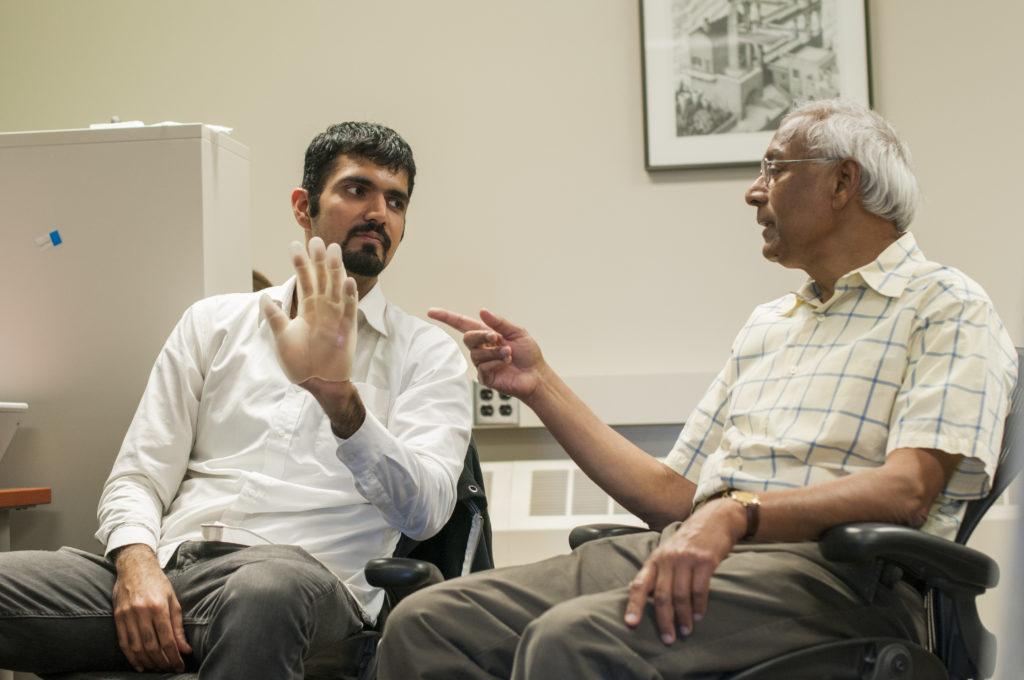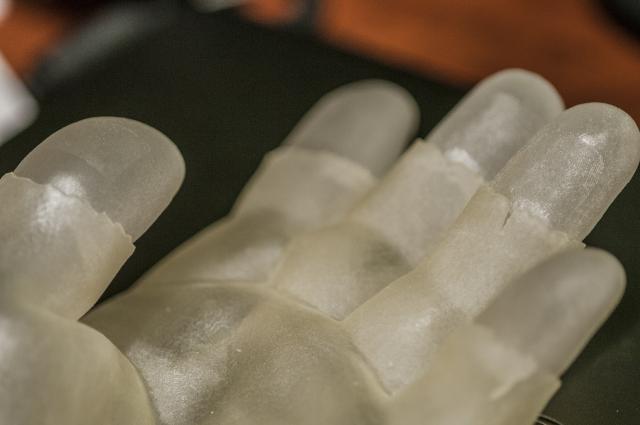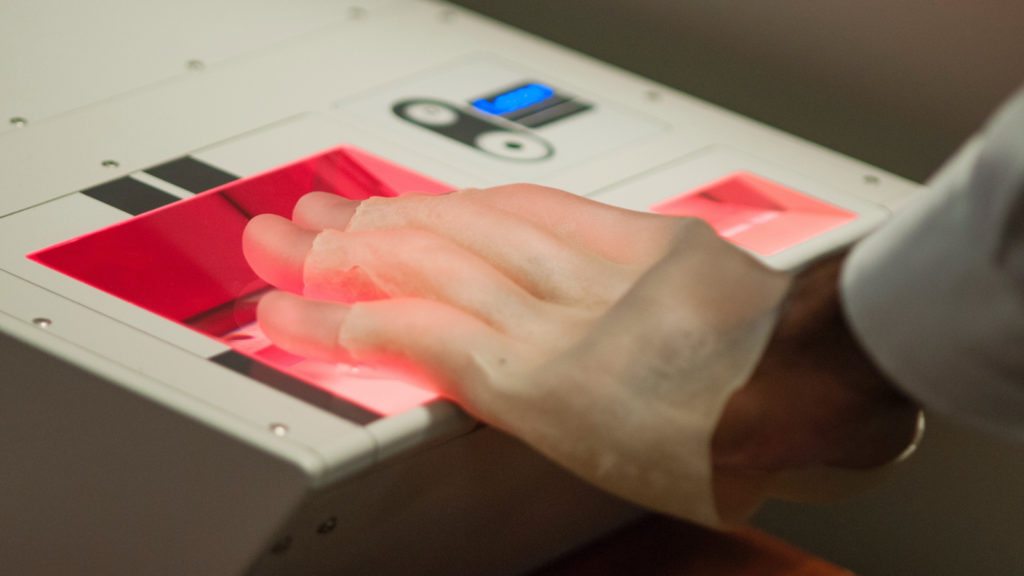Could 3D Printed Fingerprints Help Criminals Break Through Security? MSU Researchers Demonstrate It’s Possible
Security systems that can only be unlocked by fingerprints sound foolproof, but it seems there’s a way around everything, and some experts are concerned that 3D printed hands with stolen fingerprints could be used to get through security at places like banks, immigration counters at airports, and police departments.
The potential threat came to the attention of Michigan State University Distinguished Professor and biometrics expert Anil Jain, who, along with his research team, had been studying the use of 3D printed hands, complete with fingerprints, to test and calibrate fingerprint scanners.
Jain is already familiar with reproducing fingerprints using 3D printing; a few months ago he and PhD student Sunpreet Arora were given the task of 3D printing the finger of a murder victim in hopes of unlocking his smartphone. While no further information has been released about the ongoing investigation, Jain and Arora seemed to be getting close, using metallic ink to coat the 3D printed fingerprint to react with the phone’s screen.“Like any optical device, fingerprint and hand scanners need to be calibrated, but currently there is no standard method for calibrating them,” said Jain. “This is the first time a whole hand 3-D target has been created to calibrate fingerprint scanners. As a byproduct of this research we realized a fake 3-D hand, essentially a spoof, with someone’s fingerprints, could potentially allow a crook to steal the person’s identity to break into a vault, contaminate a crime scene or enter the country illegally.”

MSU Professor Anil Jain (R) and doctoral student Sunpreet Arora (L) show the 3D printed hand [Photo: G.L Kohuth]
Using a high resolution Stratasys Objet350 Connex3 3D printer, the team 3D printed hand models from rubberlike materials that simulate the texture and feel of a real human hand, with fingerprints that had been extracted from impressions taken by a slap scanner. The research demonstrated that 3D printing was capable of reproducing clear, accurate impressions of real fingerprints on a fake hand, which is good news in terms of more effective scanner calibration methods, but could be bad news for security. While the researchers’ study was to demonstrate the efficacy of 3D printed hands for scanner testing purposes, Jain says it’s now the responsibility of scanner manufacturers to prevent possible criminal use of the technology.
“We have highlighted a security loophole and the limitations of existing fingerprint scanning technology, now it’s up to the scanner manufacturers to design a scanner that is spoof-resistant,” he said. “The burden is on them to tell whether the finger being placed on the scanner is real human skin or a printed material.”
Jain and his team are continuing to experiment with 3D printed hands, including using conductive silver and gold inks to unlock capacitive scanners like those used for mobile phones. The study was sponsored by NIST in hopes of developing consistent standards for the reliable testing of fingerprint standards, but Paulter, Group Leader for the Security Technologies Group at NIST, thinks that the FBI, CIA, military and other agencies and manufacturers will be very interested in the study as well. The paper received the Best Paper award at the 2016 International Conference of the Biometrics Special Interest Group. Discuss in the 3D Printed Fingerprints forum at 3DPB.com.
[Source/Images: Michigan State University]
Subscribe to Our Email Newsletter
Stay up-to-date on all the latest news from the 3D printing industry and receive information and offers from third party vendors.
Print Services
You May Also Like
New Business: Temporary, Migratory, & Modular 3D Printed Architecture
If we look at potentially emerging 3D printing businesses, then architecture has not been fully explored. Yes, there is a lot of house 3D printing going on worldwide. From deployable...
3D Printing News Briefs, April 19, 2025: Material Extrusion Standard, Metal Powder, & More
In today’s 3D Printing News Briefs, we’re covering a proposed standard for material extrusion, before moving on to business and metal powder. We’ll end with a commercial store’s robotic 3D...
Japan Unveils World’s First 3D Printed Train Station
Japan is now home to what we believe is the world’s first train station built with 3D printing technology. Located in Arida City, just south of Osaka, the new Hatsushima...
restor3d Raises $38M to Expand 3D Printed Orthopedic Implants
Backed by $38 million in new funding, restor3d is pushing ahead with the launch of four personalized implant lines, set to roll out in 2025 and 2026. This latest venture...




























